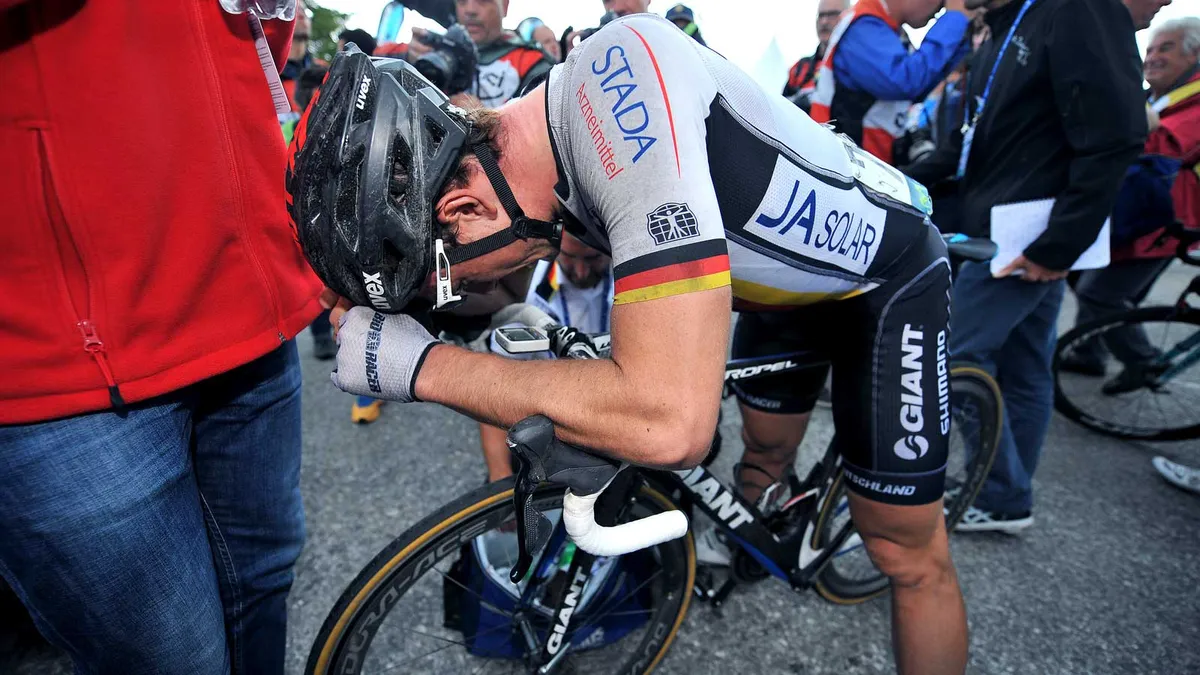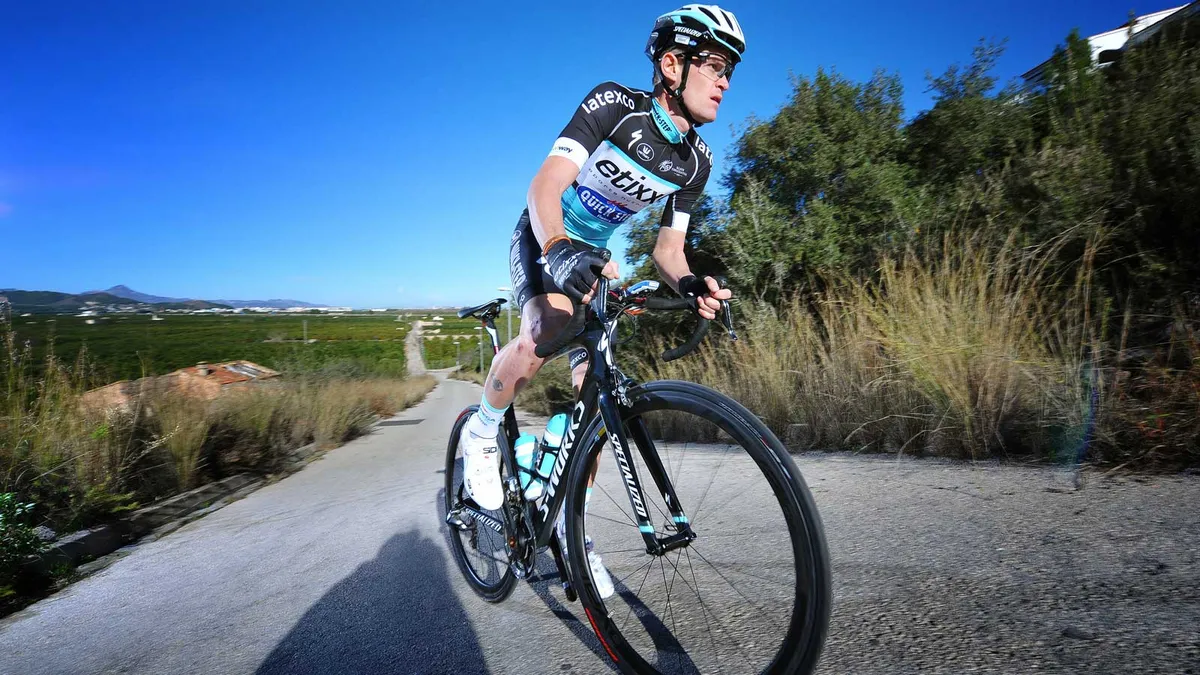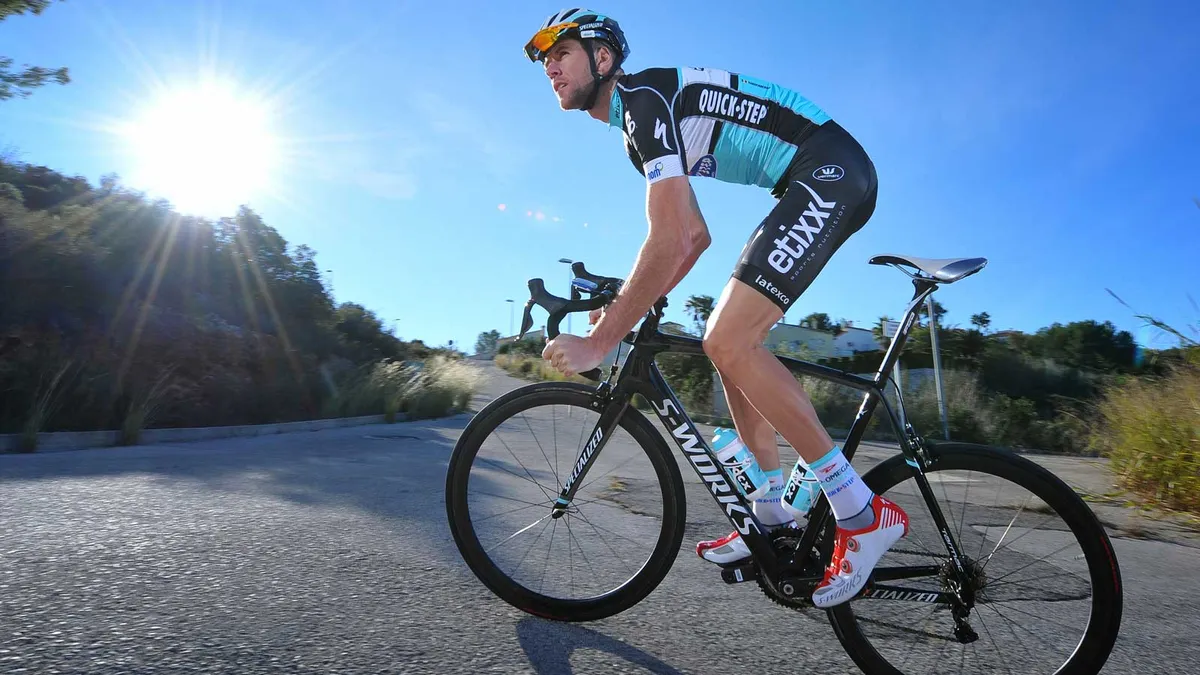You're climbing that hill at max effort, and pushing and pushing and pushing, and then it hits: the burn. Lactic acid is building up in your muscles and, increasingly, you're no longer able to sustain the same intensity of exertion.
Cycling Plus magazine spoke to James Hewitt, a sports scientist and performance cycling coach, about how you can use lactic acid to your advantage. Here's how to push that boundary and more with some expert advice to help you improve your cycling.
Learn about the burn
In the human body, most lactic acid is present in the form of lactate. We used to think this was produced due to a shortfall in oxygen supply, that this resulted in ‘lactic acid burn’ and that lactic acid was responsible for fatigue. In fact, lactic acid is unlikely to be the cause of fatigue or ‘the burn’ – if our muscles did not produce lactate, fatigue would occur more quickly. Also, the lactate molecule may be an important ‘signaller’, encouraging our bodies to adapt to high-intensity training.
Up your lactate
You may be able to train your body to use lactate with ‘polarised’ training: spend 80 percent of your time riding ‘easy’ (able to talk in whole sentences without a breath). Avoid riding at mid-zone ‘tempo’ intensity, then you should be fresh enough to ride a really hard interval session once or twice a week. Experiment with efforts of around three or four minutes in which you ride at intensities greater than 106 percent of FTP (functional threshold power – your sustainable 60-minute power) or greater than 89 percent of your maximum heart rate. (For further advice on threshold training see our guide on how to train at high intensity.)

Up your lactate threshold to cycle at all-out intensity more
Raise the intensity
As your capacity to tolerate high-intensity exercise improves over time, aim to build up to the point where you can do an interval session that involves around 18 minutes of work at a minimum of 106 percent of your FTP – or greater than 89 percent of your maxiumum heart rate. Experiment with work and recovery periods – for example, see how many three-minute intervals you can complete at 120 percent of your FTP with three-minute recovery periods in between.
Test your levels
To assess whether your training is resulting in improvements, set up your bike on a turbo with a computer that measures distance and use a power meter (if you have one). Warm up, then ride as hard as you can for three minutes. Create a spreadsheet to record average power – or distance covered if you don’t have a power meter. Retest yourself through the season and compare your results. If you’re getting better, average power and distance covered in the three minutes should increase.

Record your distance or power over three minutes often to see if you're improving

